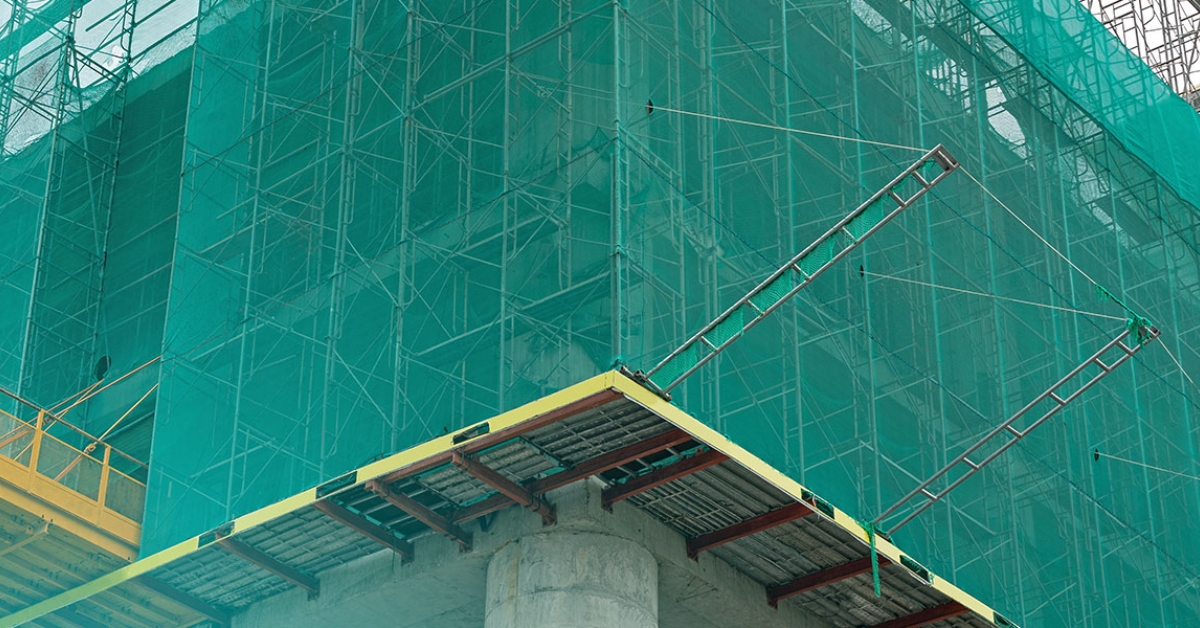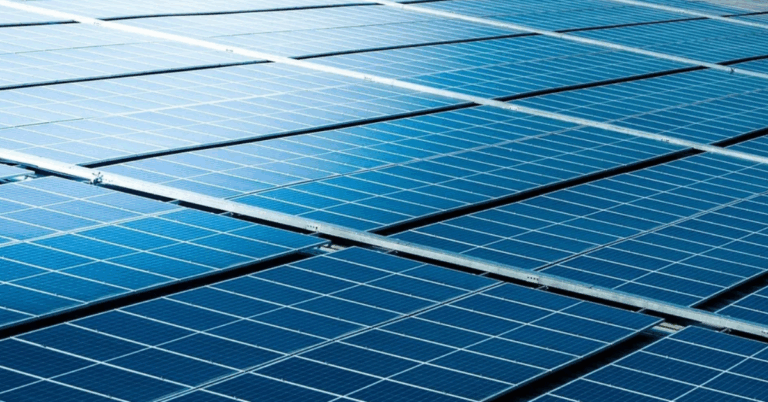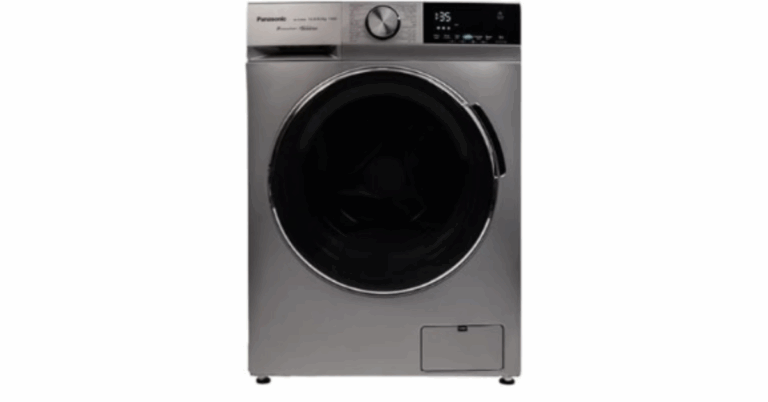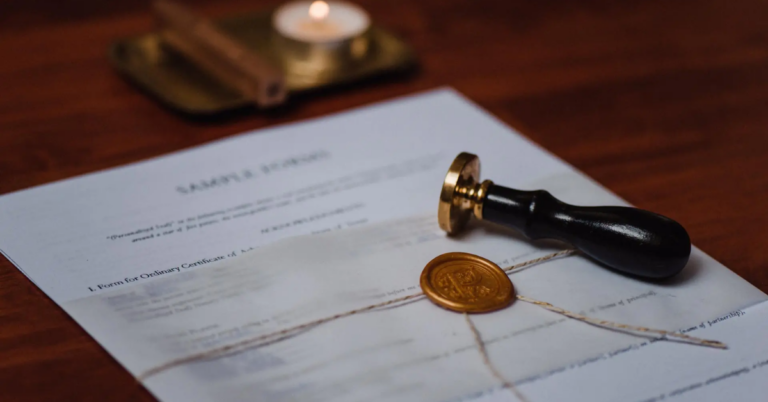Safety Nets in Singapore: A Vital Layer of Protection for Construction and Beyond
In Singapore’s fast-paced construction industry, safety is not optional — it’s a legal requirement and moral obligation. Among the many safety systems employed at work sites, Safety Net play a critical role in preventing accidents, reducing the severity of falls, and providing peace of mind for both workers and developers.
Whether used for high-rise buildings, industrial maintenance, or temporary access platforms, safety nets are an essential tool in any site safety plan. This article will explore their types, benefits, applications, and how to choose the right safety net system for your project.
What is a Safety Net?
A safety net is a high-strength, flexible mesh system designed to catch falling personnel, tools, or debris. Installed strategically around or beneath elevated work areas, it acts as a passive fall protection system — catching objects or individuals before they can hit the ground.
Safety nets are particularly useful because they offer continuous protection without restricting movement, unlike harnesses or guardrails.
Importance of Safety Nets in Singapore
🏗️ 1. High-Density Construction
Singapore’s construction sites often operate in tight urban environments, where even small safety lapses can endanger the public or neighboring properties. Nets provide a wide-area solution for fall protection.
⚖️ 2. Regulatory Compliance
The Workplace Safety and Health Council (WSHC) mandates strict safety measures on elevated work. Nets help fulfill risk mitigation and legal compliance responsibilities under Singapore’s WSH Act.
🛠️ 3. Worker and Public Safety
Beyond preventing falls, nets can also catch debris, shielding pedestrians, traffic, or neighboring buildings from construction hazards.
📉 4. Reduction in Downtime and Liability
By minimizing incidents, safety nets help maintain steady progress on-site and reduce the chance of work stoppages, legal claims, or project delays.
Types of Safety Nets
Different applications call for different net systems. Here are the most common types used in Singapore:
● Personnel Fall Arrest Nets (PFAS Nets)
Used to catch workers in the event of a fall from height. These nets must be compliant with EN 1263-1 standards and installed at a safe fall distance.
● Debris Nets
Fine mesh nets designed to catch tools, bricks, or loose material. Often combined with personnel nets to create double-layered safety systems.
● Vertical Nets (Edge Protection)
Hung vertically along scaffolding or open edges to prevent falls and contain materials. Useful for high-rise buildings and façade work.
● Canopy Nets
These are horizontal nets installed around a building’s perimeter to catch falling debris or tools from upper levels.
Materials and Construction
✅ High-Tensile Polypropylene or Polyamide
Most safety nets are made of synthetic fiber like knotless polypropylene for durability and elasticity. These materials provide high impact absorption.
✅ UV-Resistant Coating
Essential for Singapore’s hot and humid climate, which can degrade untreated nets quickly.
✅ Edge Ropes and Tie Cords
Each net is finished with reinforced borders to ensure secure and even tension across the structure.
Where Safety Nets Are Used
● Building Construction
Especially in high-rise or multi-storey buildings, nets are installed at each level to prevent both personnel and debris from falling.
● Shipyards and Marine Facilities
Used for maintenance work on vessels or during offshore operations where fall hazards are present.
● Industrial Maintenance
During servicing of tanks, silos, or elevated machinery, safety nets are used as a backup to harness systems.
● Event Rigging and Staging
Temporary stage setups or elevated lighting rigs may use nets to protect staff working at height.
Key Benefits of Safety Nets
🔒 1. Improved Safety Coverage
Nets provide continuous protection without the need for constant repositioning, unlike mobile platforms or harness systems.
⚙️ 2. Enhanced Worker Confidence
When workers feel protected, they are more efficient and focused, reducing mistakes and improving productivity.
🧰 3. Simple Maintenance
Compared to metal guardrails or safety platforms, nets are lightweight, non-corrosive, and easy to store or relocate.
🌧️ 4. Weather Resistance
Quality nets are designed to withstand UV rays, moisture, and heat, making them ideal for Singapore’s tropical climate.
Installation Guidelines
To ensure effectiveness and compliance, proper installation is key:
-
Follow EN 1263-1 or equivalent standards
-
Nets should be securely fastened to load-bearing structures using tested anchor systems
-
Allow enough clearance below the net for proper fall arrest
-
Inspect nets regularly for wear, damage, or UV degradation
-
Document every installation for audit and inspection purposes
MyCanvas Connection offers on-site inspection and professional installation services for all net systems.
FAQs: Safety Nets in Singapore
Q1: Are safety nets required by law in Singapore?
A: While not always explicitly mandated, safety nets are often necessary to comply with WSH regulations when working at height. They are especially important when personal fall protection alone is insufficient.
Q2: How do I know what net type I need?
A: If you’re protecting workers from falls, choose personnel arrest nets. For preventing falling objects, debris or canopy nets may suffice. Our team can assess your site and recommend the best solution.
Q3: How often should safety nets be inspected?
A: Nets should be visually inspected daily and formally inspected weekly, with documentation. Any sign of damage, weathering, or anchor issues should trigger a replacement.
Q4: Can I reuse safety nets after a fall incident?
A: No. Safety nets that have experienced a fall event must be removed and inspected or replaced, even if they appear intact.
Q5: What certifications should I look for in a safety net?
A: Look for compliance with EN 1263-1 (European Standard) or other relevant certifications like ANSI A10.11, especially for personnel nets. Fire-retardant ratings and UV protection are also important.
Safety Net vs. Other Fall Protection Systems
| System | Best For | Pros | Cons |
|---|---|---|---|
| Safety Net | Wide area protection | Continuous coverage, no harness needed | Requires anchoring and periodic checks |
| Harness + Lanyard | Individual fall arrest | Personal control | Must be worn and anchored at all times |
| Guardrails | Edge protection | Simple, visible barrier | Not effective for mid-air falls |
| Safety Platform | Elevated work | Secure surface | Heavy and time-consuming to install |
Choosing the Right Safety Net Provider
When selecting a supplier, consider the following:
✔️ Product Certification
Ensure nets meet international safety standards like EN 1263-1, ANSI, or equivalent.
✔️ Custom Sizing and On-Site Assessment
Every site is different. Choose a provider who offers site measurement, custom-fit solutions, and modular net options.
✔️ Weather-Resistant Materials
Ensure your nets can withstand Singapore’s climate — especially UV rays, humidity, and rainfall.
✔️ Installation Services
Improper installation is as dangerous as no protection. Providers should offer trained technicians to handle setup and maintenance.
✔️ Post-Sale Support
Regular inspections, maintenance, and fast replacement of worn nets are essential for long-term site safety.
Conclusion
Safety nets are more than just an accessory — they are a critical component of workplace safety in Singapore’s construction and industrial sectors. From fall protection to debris control, they help maintain compliance, improve worker confidence, and reduce accidents.
Whether you need edge protection for a residential build or fall arrest systems for high-rise scaffolding, MyCanvas Connection offers a range of certified, durable, and customizable safety nets, backed by professional support and installation.







